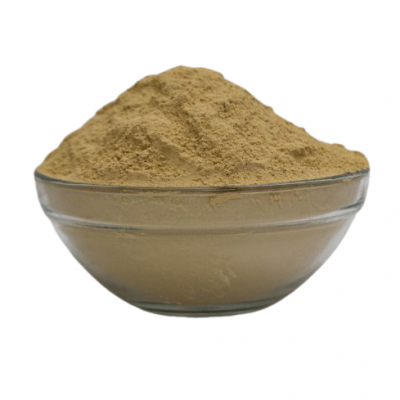Project Report For Ayurvedic Churna
Introduction
Project Report For Ayurvedic Churna is as follows.
Ayurvedic classical churnas are herbal powders created according to the principles of Ayurveda, one of the world’s oldest medical systems. These churnas are created by crushing dry herbs into a fine powder and are often used as a method of treatment for a number of health issues in Ayurvedic medicine.
Churna is a fine powder made from a range of pharmaceuticals or a medicinal cocktail. Before being blended, each ingredient is pulverised individually. Churnas come in a variety of varieties, each with its own market need. Vati, Asava, Arista, Lehya, Lepa, and other components comprise Ayurvedic pharmacy.
These churnas can be used to treat a variety of health concerns, including digestive difficulties, respiratory troubles, skin ailments, and stress-related issues. Ayurvedic medications are obtained from vegetable sources, such as plant roots and steam, leaf, flower, fruit extract, or the plant as a whole.

Types Of Ayurvedic Churna
- Hingwashtak Churna :- Hingvastak Churna is a traditional Ayurvedic remedy that promotes digestion and relieves stomach discomfort. Hing, also known as asafoetida, is the main ingredient of Hingvastak Churna. It has carminative and anti-flatulent qualities. This powerful plant relieves bloating, gas, and indigestion. Other digestive-supporting elements in Hingvastak Churna include ginger, cumin, coriander, fennel, ajwain, and rock salt. These herbs work together to provide a synergistic effect, increasing digestive fire (Agni) and relaxing the gastrointestinal tract.
- Ashwagandha Churna :- Ashwagandha is often marketed as a churn, which is a finely sieved powder that can be mixed with water, ghee (clarified butter), or honey. It improves memory as well as brain and neurological system performance. It improves the reproductive system’s function.
- Triphala :- Triphala, which means “three fruits,” is a well-known Ayurvedic prescription made up of three fruits: Amalaki (Indian gooseberry), Bibhitaki (Terminalia bellirica), and Haritaki (Terminalia chebula). Triphala is well-known for promoting digestion, cleansing, and overall regeneration. Each fruit in Triphala contributes distinct characteristics to the mix, resulting in a potent synergistic blend. Amalaki is high in vitamin C and antioxidants, which help to support immune function and reduce inflammation. Bibhitaki is a natural cleanser that promotes healthy excretion and aids in detoxification. Haritaki helps to regulate digestion, promote regular bowel motions, and nourish digestive system tissues.
- Pippali Rasayana :- Pippali Rasayana is a classic Ayurvedic preparation that uses the properties of long pepper (pippali) to improve digestion and rejuvenation. Long pepper is well-known for its digestive, expectorant, and immune-stimulating qualities. Pippali Rasayana promotes appetite, digestion, and respiratory health. It also aids in the maintenance of a healthy metabolism and the removal of toxins from the body.
Project Report Sample On
Ayurvedic Churna
Get Completely Custom Bankable Project Report
Market Potential Of Ayurvedic Churna
The Indian Ayurvedic items industry is expected to reach INR 626 billion by 2022. Looking ahead, the market is estimated to reach INR 1,824 Billion by 2028, growing at a 19.3% CAGR between 2023 and 2028.
The Ayurveda market in India is divided into two segments: Ayurveda products and Ayurveda services. Ayurvedic products include personal care items, food and drinks, household items, and healthcare items. Healthcare services, as well as spa and rejuvenation services, are included in the Ayurveda services section.
The worldwide health and wellness business has grown significantly, as people seek preventive and holistic treatment choices. Ayurvedic churans, with their emphasis on general well-being and harmonising the body’s systems, are consistent with the ideas of holistic health.
Consumers are turning to natural and herbal solutions for a variety of health conditions as they become more aware of the potential side effects of manufactured medications. Because they are made from natural substances, Ayurvedic churans are seen as a safer alternative to chemical-based treatments.
In India, there are around 20 well-known herbal medication manufacturers and 140 medium or small-scale manufacturers. Thousands of vaidyas also have their own small manufacturing facilities. There are around 1200 licenced small manufacturers in India. The present annual manufacturing of herbal medications is estimated to be over Rs. 100 crores. This figure is minimal in comparison to the output of allopathic medications, which is estimated to be over Rs. 800 crores.

